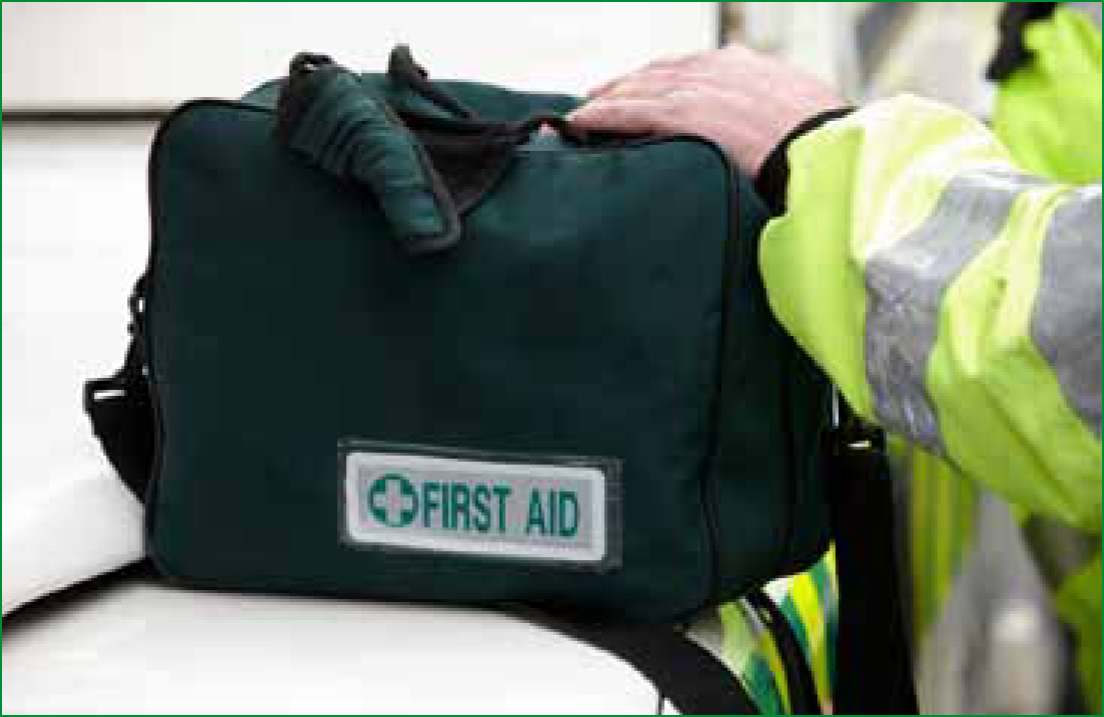Although not a classic systematic review, this paper makes a valuable contribution to our awareness of the research that has been undertaken exploring the effects of shift work on ambulance staff's health and well-being, and any associated risks to the patient's safety in prehospital care.
The authors identify that managing the physical and psychological demands of prehospital care is a growing challenge, especially given the increased workload due to high numbers of requests for emergency ambulance services, and it is important that ambulance crews have adequate rest and sufficient recovery time in-between shifts in order to function safely and effectively.
Shift work has been extensively researched in other health disciplines yet there is a dearth of research relating to paramedics and shift work.
The authors of this review conducted comprehensive searches in a variety of electronic databases including Cochrane: CINAHL; Medline and AMED. The paper outlines their search strategy, search terms and inclusion/exclusion criteria. In total, their literature search identified 226 articles, but only nine papers met the inclusion criteria; however Sofianopoulos et al (2012) note that a further three papers were sourced from the references in the reviewed papers.
Of the final 12 papers, two studies were undertaken in the UK; one study included participants from both Australia and the UK; five studies were based in the USA; two studies were conducted in Japan; one study was carried out in the Netherlands; and one study took place in Sweden.
A majority of the reviewed studies were prospective utilising questionnaires as the primary data collection method (one of these also used an intervention comprising different shift patterns with allotted times for restful breaks); two of the studies used individual or focus group interviews; and one study used diary entries.
Only one study was retrospective involving a review of records. Eleven studies focused on the staff themselves, but one study included families of the emergency service workers to try and assess the impact of shift work on family life.
As the 12 studies looked at different areas, it was difficult to directly compare the findings but the reviewers found some similarities in emerging themes between the papers including the impact of shift work on physical and psychological health and well-being; the implications for the safety both of the patient and/or general public; the safety of the emergency service staff themselves.

Having completed this literature review, the authors highlight several areas for consideration such as implementing a clockwise rotation for shifts (e.g. morning, evening, night) as this is seen as less disruptive to the circadian rhythm; facilitating the taking of ‘naps’ before, during and after a night shift to lower levels of fatigue; and revising shift patterns to limit the number of consecutive night shifts while ensuring adequate rest between shifts.
Overall, this is an area that is in need of further research not just to evaluate the existence or otherwise of sleep deprivation related to shift work and, if it is present, the extent of the impact of this type of fatigue on clinical practice, but also to find effective solutions to ensure that the health and well-being of ambulance staff is protected, and that, ultimately, the safety of the patient and the general public is maintained.
